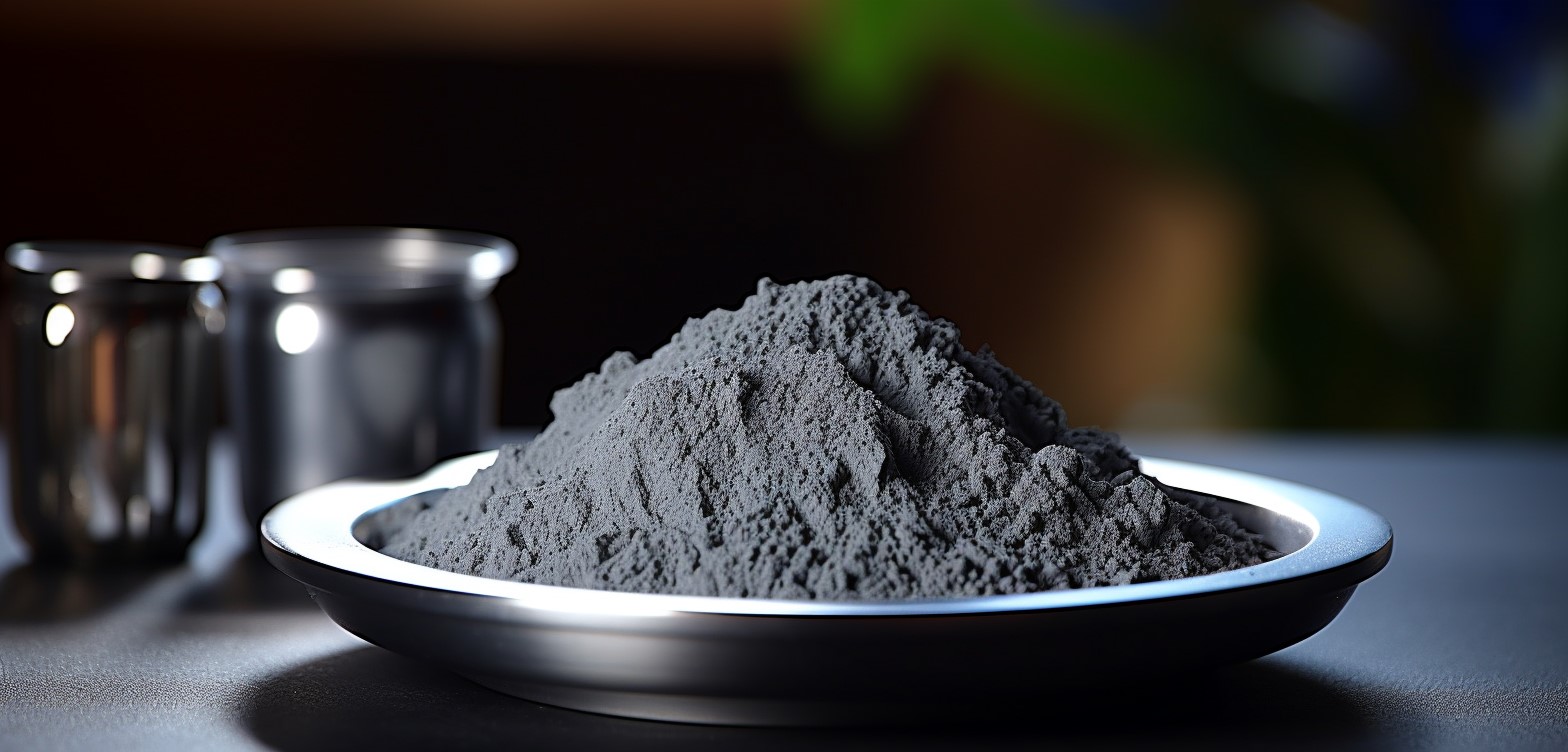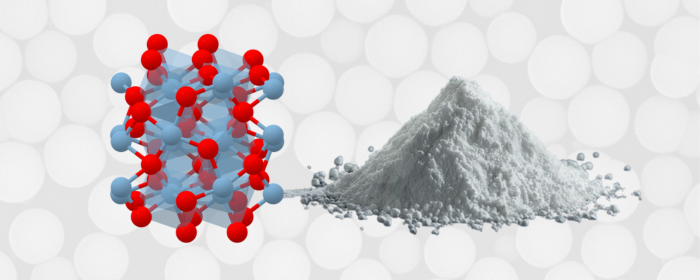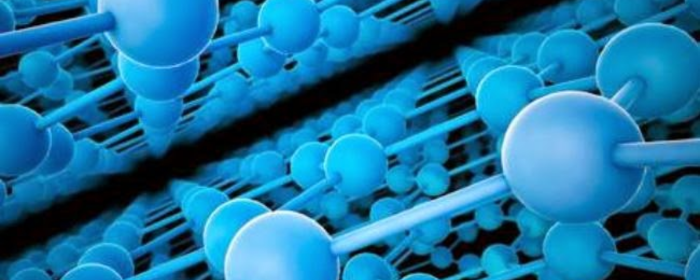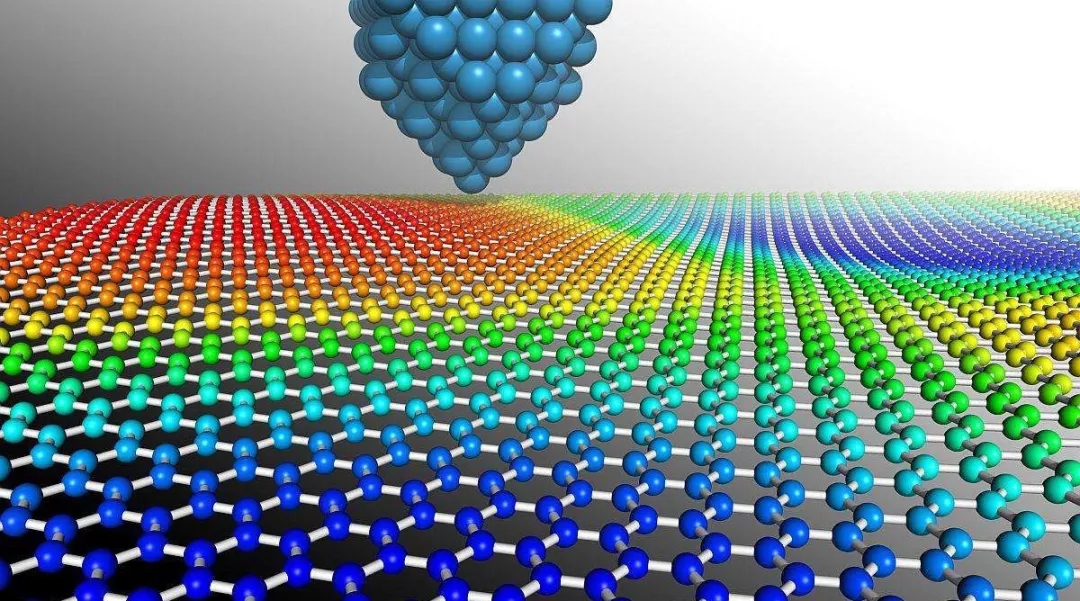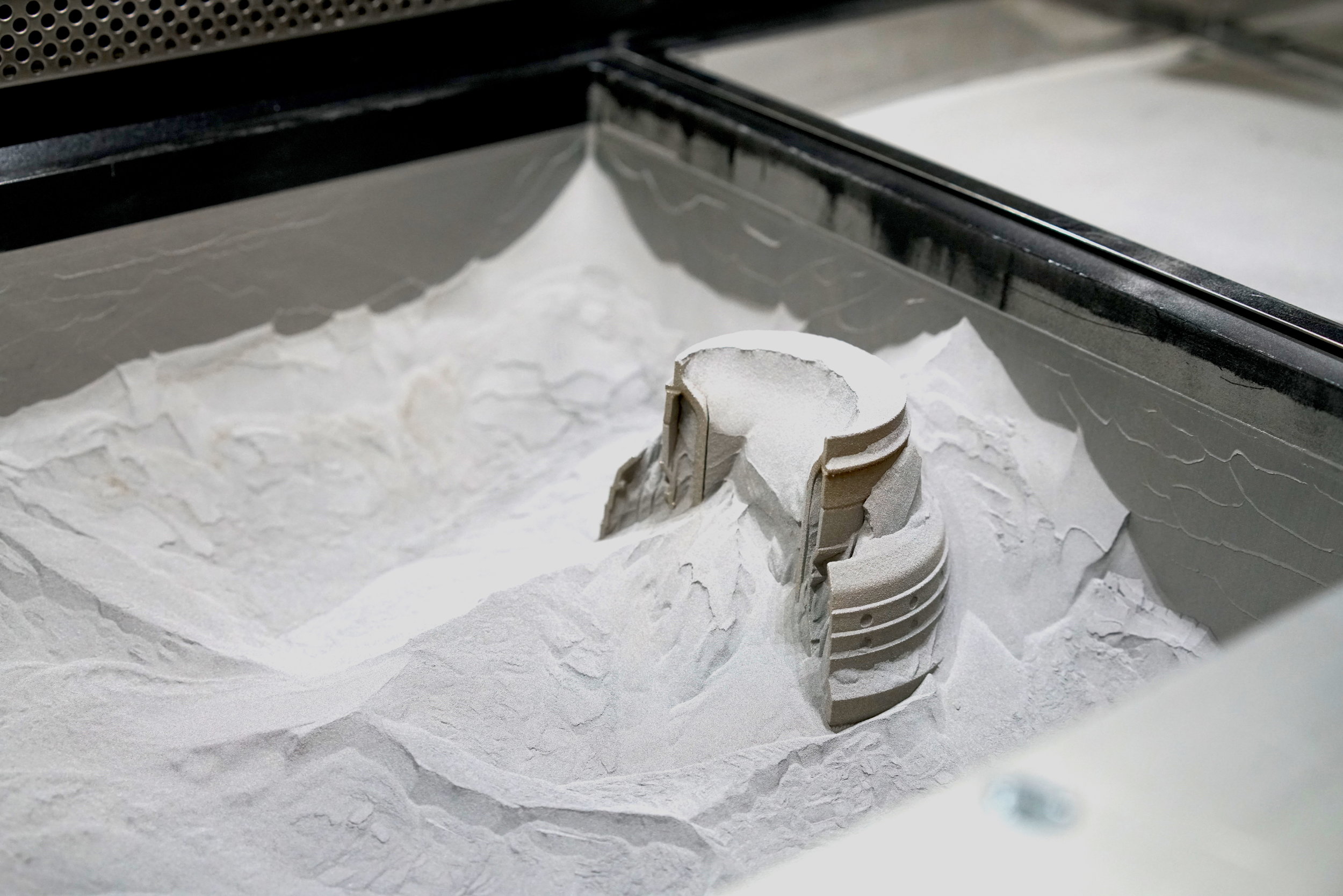Ti-6Al-4V (Grade 5) and Ti-6Al-2Sn-4Zr-2Mo
As high-performance materials in titanium alloy powders, Ti-6Al-4V (Grade 5) and Ti-6Al-2Sn-4Zr-2Mo are often compared. They share overlapping application scenarios in specific fields such as aerospace and energy but differ significantly in terms of composition design, performance characteristics, and application focus. This article compares these two titanium alloy powders across various aspects such as composition, performance, and applications.
Ti-6Al-4V vs Ti-6Al-2Sn-4Zr-2Mo: Differences in Composition
Ti-6Al-4V is a typical α+β titanium alloy composed of titanium, 6% aluminum, and 4% vanadium. This composition provides good strength, corrosion resistance, and moderate temperature stability. In contrast, Ti-6Al-2Sn-4Zr-2Mo builds upon the base of Ti-6Al, with the addition of 2% tin, approximately 4% zirconium, and 2% molybdenum to enhance high-temperature performance and creep resistance. Below is a table showing the composition of the two titanium alloys (data from Stanford Advanced Materials):
Table 1. Composition of Ti-6Al-4V
|
Element |
Fe |
C |
H |
Al |
V |
Ti |
|
wt% |
≤0.3 |
≤0.08 |
≤0.015 |
5.5~6.75 |
3.5~4.6 |
Bal. |
Table 2. Composition of Ti-6Al-2Sn-4Zr-2Mo
|
Element |
Ti |
Al |
Sn |
Mo |
Zr |
Fe |
O |
N |
C |
H |
|
Content (%) |
Bal. |
5.5~6.5 |
2.0 |
2.0 |
3.6~4.4 |
≤0.25 |
≤0.15 |
≤0.05 |
≤0.05 |
≤0.125 |
Ti-6Al-4V vs Ti-6Al-2Sn-4Zr-2Mo: Differences in Properties
As shown in Table 3, both alloy powders exhibit high melting points, corrosion resistance, and strength. However, they differ significantly in several performance metrics.
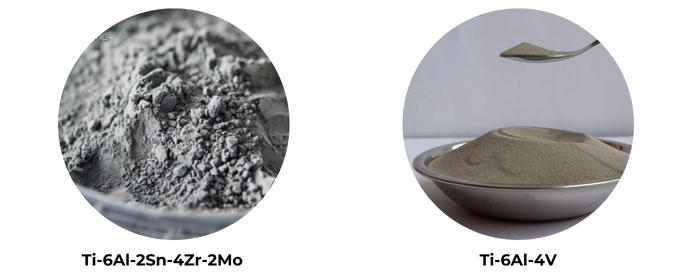
Fig 1. Titanium alloy powders: Ti-6Al-4V and Ti-6Al-2Sn-4Zr-2Mo
First, their strength differs. Sintered Ti-6Al-2Sn-4Zr-2Mo powder surpasses Ti-6Al-4V powder in terms of tensile and yield strength.
Second, while Ti-6Al-4V can perform well in moderate-temperature environments (≤400°C), Ti-6Al-2Sn-4Zr-2Mo excels under high temperatures. It can maintain superior strength and creep resistance in high-temperature environments (≤550°C), making it more suitable for demanding high-temperature applications.
However, sintered Ti-6Al-2Sn-4Zr-2Mo powder falls short of Ti-6Al-4V in terms of ductility, toughness, and machinability.
Table 3. Properties comparison of Ti-6Al-4V and Ti-6Al-2Sn-4Zr-2Mo
|
Performance Indicators |
Ti-6Al-4V |
Ti-6Al-2Sn-4Zr-2Mo |
|
Melting Point |
~1660°C |
~1660°C |
|
Boiling Point |
~3287°C |
~3287°C |
|
Tensile Strength |
895–930 MPa |
~1000 MPa |
|
Yield Strength |
~830 MPa |
~930 MPa |
|
Ductility |
10–15% |
8–12% |
|
Toughness |
Excellent, suitable for moderate strength and dynamic loads |
Good, with advantages in high-temperature environments |
|
Fatigue Strength |
510 MPa |
~600 MPa |
|
Operating Temperature |
≤400°C |
≤550°C |
|
Corrosion Resistance |
Excellent in neutral and weakly acidic environments |
Superior in high-temperature and corrosive environments |
|
Density |
~4.43 g/cm³ |
~4.5 g/cm³ |
|
Thermal Expansion Coefficient |
~8.6 × 10⁻⁶/K |
~9.0 × 10⁻⁶/K |
|
Thermal Conductivity |
~6.6 W/m·K |
~6.0 W/m·K |
Ti-6Al-4V vs Ti-6Al-2Sn-4Zr-2Mo: Application Differences
The application differences between Ti-6Al-4V powder and Ti-6Al-2Sn-4Zr-2Mo powder primarily stem from their performance distinctions. These differences are particularly evident in additive manufacturing (3D printing), coating applications, and composite material additives.
1. Additive Manufacturing (3D Printing)
Ti-6Al-4V is the most commonly used titanium alloy powder in additive manufacturing, suitable for technologies like selective laser melting (SLM) and electron beam melting (EBM). Its excellent flowability, sphericity, and stable mechanical properties make it ideal for printing complex parts.
- Typical Applications: Aircraft structural components, medical implants (e.g., hip joints and dental implants), and racing parts.
Ti-6Al-2Sn-4Zr-2Mo, on the other hand, is more focused on high-temperature applications.
- Typical Applications: High-temperature components such as turbine disks and combustion chambers.
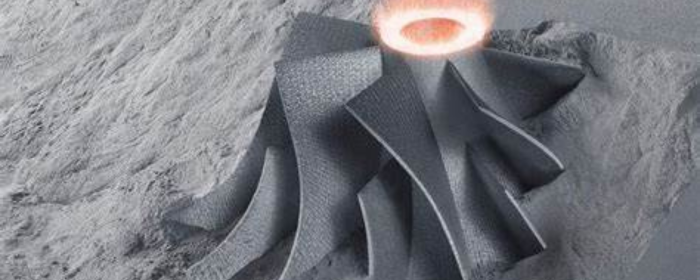
Fig 2. Additive Manufacturing
2. Thermal Spraying and Surface Coatings
Ti-6Al-4V powder is used for thermal spray coatings, primarily to provide lightweight, corrosion-resistance, and moderate strength protection. Due to its relatively low cost and mature spray process, it is widely used for corrosion-resistant coatings on aircraft structural parts and industrial equipment.
Ti-6Al-2Sn-4Zr-2Mo powder, with higher temperature resistance and oxidation resistance, is applied in coatings for turbine components and high-temperature corrosion-resistant coatings, especially for aerospace and energy equipment in extreme environments.
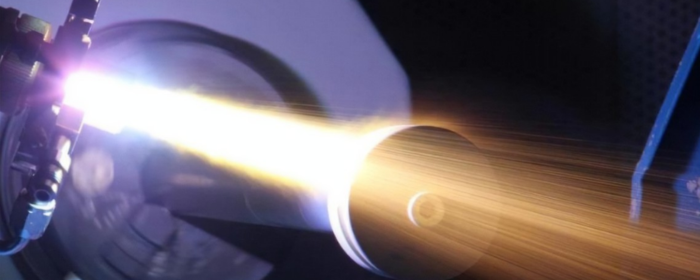
Fig 3. Thermal Spraying and Surface Coatings
3. Composite Material Reinforcement Additives
Ti-6Al-4V powder can serve as a reinforcement for lightweight, high-strength composites, suitable for 3D-printed metal matrix composites or high-performance parts such as lightweight automotive components or aerospace composites.
Ti-6Al-2Sn-4Zr-2Mo powder, due to its high-temperature performance, is mainly used to manufacture high-temperature composites, enhancing the substrate's high-temperature strength and creep resistance, suitable for aerospace engines or specialized parts in the nuclear industry.
4. Powder Metallurgy
In powder metallurgy, Ti-6Al-4V powder is used to produce lightweight structural parts and components requiring moderate strength at intermediate temperatures. Its forming and sintering performance is excellent, and it is cost-effective for mass production.
Ti-6Al-2Sn-4Zr-2Mo powder is primarily used to manufacture high-temperature components such as turbine blades or high-temperature fasteners. Although its formability is slightly inferior to Ti-6Al-4V, its high-temperature stability is significantly superior.
|
Application Fields |
Ti-6Al-4V |
Ti-6Al-2Sn-4Zr-2Mo |
|
Moderate-temperature parts (≤400°C), such as medical implants |
High-temperature parts (≤550°C), such as turbine disks |
|
|
Corrosion-resistant coatings, suitable for moderate-temperature equipment protection |
High-temperature coatings for turbines and engine parts |
|
|
Composite Material Reinforcement |
Lightweight moderate-temperature composites |
High-temperature composite reinforcement for engine parts |
|
Powder Metallurgy |
Lightweight structural parts, moderate-temperature industrial components |
High-temperature fasteners and turbine components |






